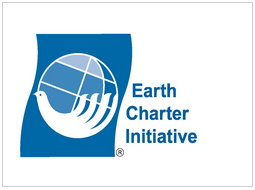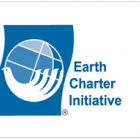Earth Charter Commission, ed. The Earth Charter. San José: Earth Charter International Secretariat, 2000.
The Earth Charter was written for “a critical moment in Earth’s history” and, not least, as a response to an earlier document published in 1987, “Our Common Future.” Therein, the World Commission on Environment and Development, known as the Brundtland Commission, called for a “new charter” to set “new norms” that would guide the way to sustainable development. An Earth Charter was discussed at the Earth Summit in Rio de Janeiro in 1992 and the Rio Declaration was published containing 27 principles relating to environment and development. However, it would take six years of international consultation and the formation of an independent Earth Charter Commission before the document finally materialized at a meeting in the United Nations Educational, Scientific, and Cultural Organization (UNESCO) headquarters in Paris in March 2000. A formal launch took place at the Peace Palace in the Hague later that year. The document recognizes environmental protection, human rights, equitable human development, and peace as being interdependent and indivisible. It is founded upon four principles: respect and care for the community of life; ecological integrity; social and economic justice; and democracy, nonviolence, and peace.



